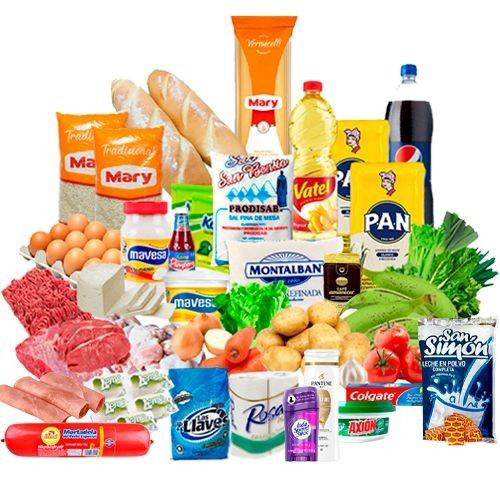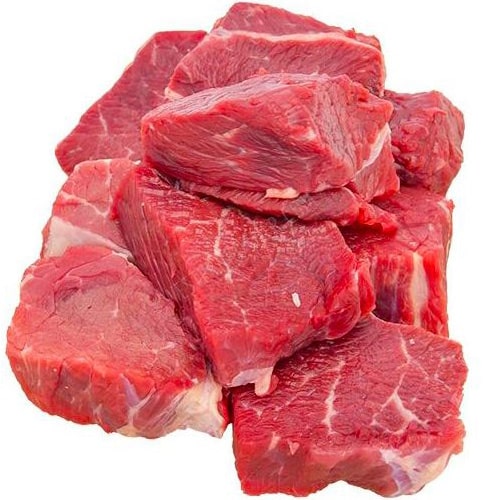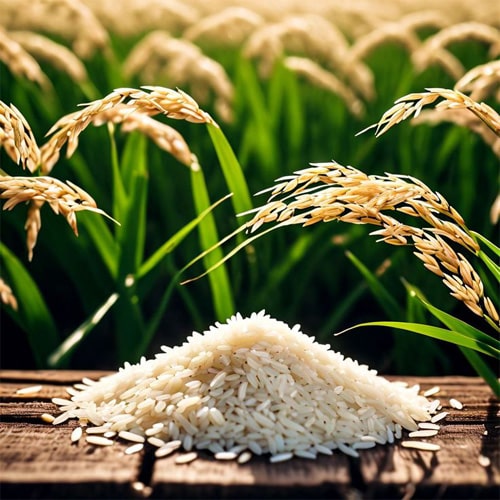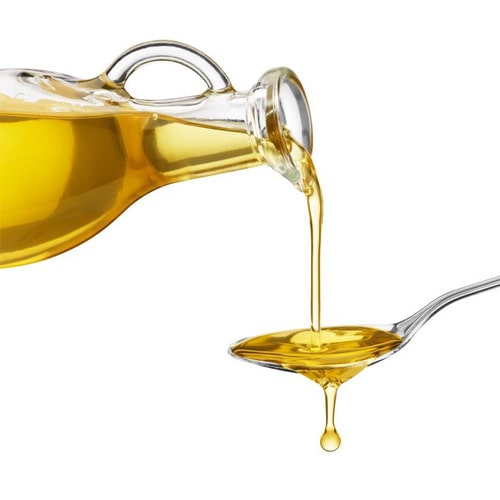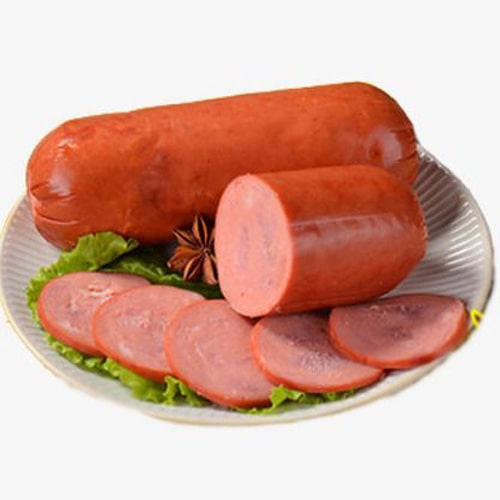Food clearance rules and procedures
Clearing food into the country requires compliance with laws, obtaining health permits, preparing specific documents, and coordinating with customs and the Food and Drug Administration. In this article, the import steps, required documents, reasons for import, customs tariffs, and how to review import documents are fully explained by experts.
Customs tariff for food imports
| Product name | Tariff code | Entry fee |
|---|---|---|
| Soup and broth | 21041000 | 40% |
| Sausage | 16010000 | 40% |
| Canned salmon | 16041100 | – |
| Canned sardines | 16041300 | – |
| Tuna fish | 16041400 | – |
| Sugar from beets | 17011200 | 26% |
| Chewing gum | 17041000 | 55% |
| Sugar-free chewing gum | 21069085 | 40% |
| Olive | 20057000 | 40% |
| Peanut | … | Depends on the type. |
Documents required for food clearance
Before starting the import process, you must prepare and submit the following documents to the General Directorate of Food and Beverages:
| Required documents | Description |
|---|---|
| Written request from the importing company | With the seal and signature of the CEO to issue a clearance permit |
| Proforma invoice and sales invoice | With the manufacturer and brand specifications |
| Copy of sales invoice in two copies | On the letterhead of the manufacturing company or licensed brand |
| The principle of health license | Including product specifications, factory, and country of manufacture. |
| Complete details of the importing company | Includes address, contact number, and valid seal and signature. |
| Proforma image with full product specifications | Quantity, weight, country of origin, date and proforma number |
Note: Without the above documents at the time of clearance, the goods may be returned or subject to storage fees.
Food import steps
The steps for importing food are as follows:
- Choosing the right exporting country
That country’s trade relations with Iran must be positive. - Determining the import price of the goods
The price must comply with the standards of the Food and Drug Administration. - Ensuring the safety of food
Paying attention to the expiration date, quality, and manufacturer’s brand is very important. - Receiving a proforma invoice
Including quantity, price, type of packaging, and contract terms. - Principal food packaging
The packaging must be impact-resistant and light-resistant. - Obtaining health and organizational permits
A permit from the Food and Drug Administration and customs approval are required. - Insuring imported goods
To reduce transportation risk, it is necessary to have an insurance policy. - Final customs clearance
After reviewing the documents, a clearance permit is issued within 5 to 9 days.
Review of import documents by experts
Experts from the Department of Health and the Food and Drug Administration will review your documents from the following aspects:
- Matching the name of the importing company with the health license
- Validity date of the health license
- Matching the name of the goods with the specifications included in the proforma
- Providing a workflow diagram for issuing the license
- Including specific/general conditions in the proforma
Reasons for importing food to Iran
Climatic diversity of producing countries:
Some raw materials are not produced in Iran and need to be imported from specific regions.
Lack of agricultural resources:
Due to high population and limited livestock and agricultural capacity.
Brand diversity and global production quality:
Foreign companies may offer higher quality.
Classification of imported goods
| Product category | Explanation |
|---|---|
| Allowed goods | They enter without the need for special permission. |
| Conditional goods | They can only be imported with a permit (e.g. wheat). |
| Unauthorized goods | They are not allowed to enter at all (such as pork, alcoholic beverages) |

